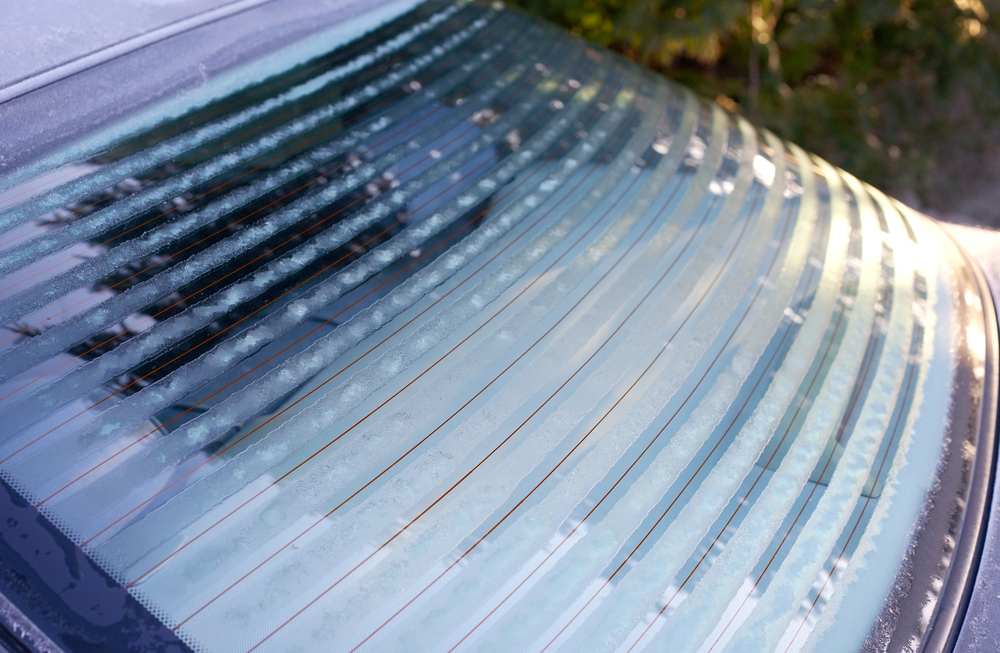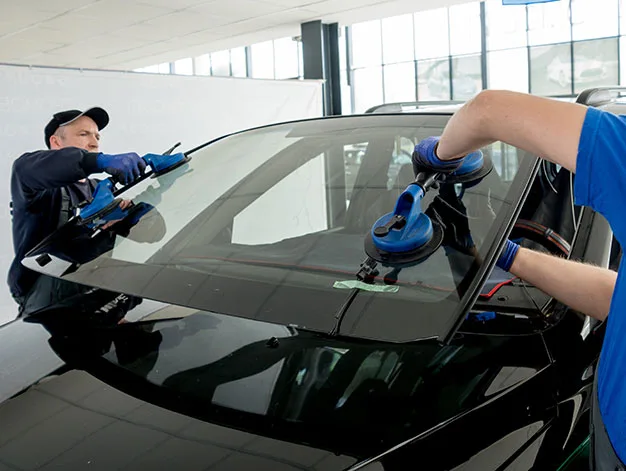The Science Behind Windshield Defogging and Defrosting
Why does your windshield fog up? And how to fix it:
- Condensation: Warm, moist air inside hits cold glass
- Use your heater AND AC: Dries the air, balance the temperature
- Heated windshields exist! For really icy conditions
- Clean glass helps: It gives moisture to cling to
Fogged up = dangerous. Always clear your windshield before driving!
Windshield defogging and defrosting rely on temperature, airflow, and humidity. They manage these to ensure clear visibility. Techniques include using HVAC systems for temperature balance. They use air conditioning to reduce moisture and heat windshields for severe conditions. Maintenance and understanding of environmental effects are key to safety.

Understanding the Basics: What Causes Windshield Fogging?
Windshield fogging occurs due to the condensation of moisture on the glass. This happens because of temperature and humidity differences inside and outside the vehicle. Warm, humid air from inside the car hits the cooler windshield. The moisture in the air condenses and forms fog on the glass.
The Role of Temperature in Defogging
Temperature plays a pivotal role in defogging. Matching the inside car temperature to the outside can prevent condensation. Modern vehicles have HVAC systems. They efficiently manage temperature balance.
Defogging Techniques: Airflow and Air Conditioning
Effective defogging relies on directing airflow across the interior surface of the windshield. This is accomplished using the car's ventilation system. Air conditioning is crucial. It removes moisture from the air, cutting humidity levels inside the vehicle. This stops condensation.
Defrosting: Tackling Ice and Frost
Defrosting is the process of removing ice or frost from the windshield. This involves heating the windshield using the car's defroster. It blows warm air onto the glass. For severe ice buildup, mechanical methods like ice scrapers may be necessary.
Advanced Technologies in Windshield Defogging and Defrosting
Recent advancements have led to more sophisticated defogging and defrosting technologies. These include heated windshields. They have thin wires or conductive materials embedded in the glass to generate heat. Also, there are automatic climate control systems. They adjust settings based on detected humidity levels.
Maintenance Tips for Effective Defogging and Defrosting
Regular maintenance is key. It ensures your vehicle’s defogging and defrosting systems work well. This includes checking and replacing HVAC filters. It means making sure the AC system works. Also, keeping the windshield clean improves visibility.
The Impact of Environmental Conditions
Rain, snow, and high humidity worsen fogging and frosting on windshields. You must understand these conditions. They interact with your vehicle's defogging and defrosting systems. This knowledge is crucial for good performance.
Safety Considerations
Clear visibility is paramount for safe driving. Fogged or frosted front windows significantly impair a driver's ability to see the road clearly, which can lead to accidents. Knowing how to defog or defrost your windshield is critical. It's key to driving safety. So, do you know how to do it?
Conclusion
The science behind windshield defogging and defrosting blends physics and vehicle tech. By using these ideas, drivers can ensure better visibility and safer driving. This is true in any weather.
